Varicose veins in the feet are a disease that is accompanied by a impairment of vein valve function.The disease is dangerous - there is a risk of development of thrombophlebitis (inflammation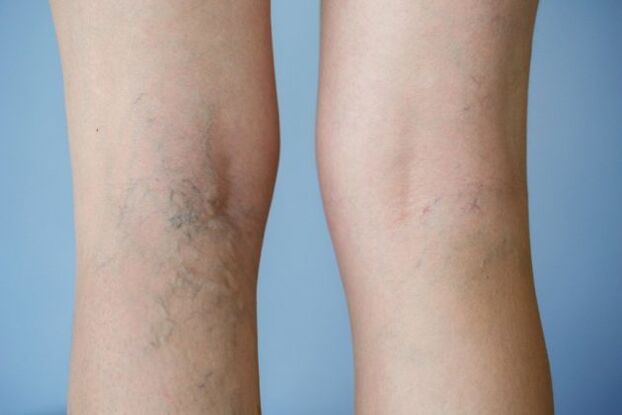 the internal walls of the blood vessels) and the blood clot that can overlap with the lumen of the vessels.Varicose veins in the feet are a disease that is accompanied by a impairment of vein valve function.Often, varicose veins in the feet are found.There is continuous and irreversible expansion and long change, while the vein wall is thinner.About each third woman and every tenth man to one degree or another varicose vein.The onset of the development of the disease falls at the most capable age-30-40 years.Varicosis begins with a deterioration in the appearance of the foot.When the pathology reaches an advanced level, complications develop.In time, the treatment begins by eliminating the patient from the need for surgery.Varicosis can be determined by the ball characteristic veins that stand out on the surface of the skin.The appearance of twisted vessels, develops and stands on the feet.In addition, you can see how the spots and sprocket dark blue appear on the skin.They also show the development of blood vessel pathology.With the development of varicose vessels, the vessels can grow so that the grape group begins to resemble.Diagnosis of varicose veins is made on the basis of patients' complaints, lower extreme examination, laboratory and instrumental examination.In the early stages, patients often did not go to the hospital, because of the lack of symptoms that obviously had the effect that everything was good with the vessel.Diagnosis of varicose veins is based on laboratory and instrumental examinations.During the examination, the patient must be on his feet.In this position, it is easier for doctors to determine the presence of vascular disorders and deviations in normal blood flow.Depending on the severity of the vein deformation, the presence of the vascular pattern, the level of the varicose vein is determined.During palpation, they determine:
the internal walls of the blood vessels) and the blood clot that can overlap with the lumen of the vessels.Varicose veins in the feet are a disease that is accompanied by a impairment of vein valve function.Often, varicose veins in the feet are found.There is continuous and irreversible expansion and long change, while the vein wall is thinner.About each third woman and every tenth man to one degree or another varicose vein.The onset of the development of the disease falls at the most capable age-30-40 years.Varicosis begins with a deterioration in the appearance of the foot.When the pathology reaches an advanced level, complications develop.In time, the treatment begins by eliminating the patient from the need for surgery.Varicosis can be determined by the ball characteristic veins that stand out on the surface of the skin.The appearance of twisted vessels, develops and stands on the feet.In addition, you can see how the spots and sprocket dark blue appear on the skin.They also show the development of blood vessel pathology.With the development of varicose vessels, the vessels can grow so that the grape group begins to resemble.Diagnosis of varicose veins is made on the basis of patients' complaints, lower extreme examination, laboratory and instrumental examination.In the early stages, patients often did not go to the hospital, because of the lack of symptoms that obviously had the effect that everything was good with the vessel.Diagnosis of varicose veins is based on laboratory and instrumental examinations.During the examination, the patient must be on his feet.In this position, it is easier for doctors to determine the presence of vascular disorders and deviations in normal blood flow.Depending on the severity of the vein deformation, the presence of the vascular pattern, the level of the varicose vein is determined.During palpation, they determine:
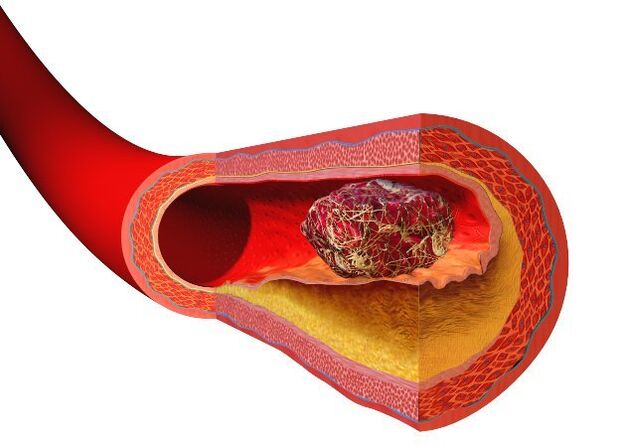
- pain;
- the density of the defective vessels;
- the length of the pathology of the vein;
- The presence of high temperatures on the wound.
The advanced method of vascular diagnosis is magnetic resonance imaging (MRI).Doctors must prescribe duplex or additional scanning of blood vessels.The special preparation of the patient for such diagnostic procedures is not required.Using ultrasound, you can diagnose varicose veins in the early stages.The advanced method of vascular diagnosis is magnetic resonance imaging (MRI).Blood tests are required to determine the number of red blood cells and hemoglobin levels.Exceeding platelet norms indicate a violation of blood clots.Leukocytosis shows the development of inflammation in the body.The lower leg varicosis is treated using surgery on vessels that are changed by sclerotherapy or medication.Therapeutic Physical Education and wearing therapeutic knitwear are actively used.Proper nutrition is important in the treatment of this disease, enriched with vitamins, which allows us to prevent the development of obesity.Proper nutrition is important in the treatment of this disease, enriched with vitamins, which allows us to prevent the development of obesity.Medications (creams, ointments, tablets from varicose veins are used in the early stages of disease progression).They are set for the purpose:
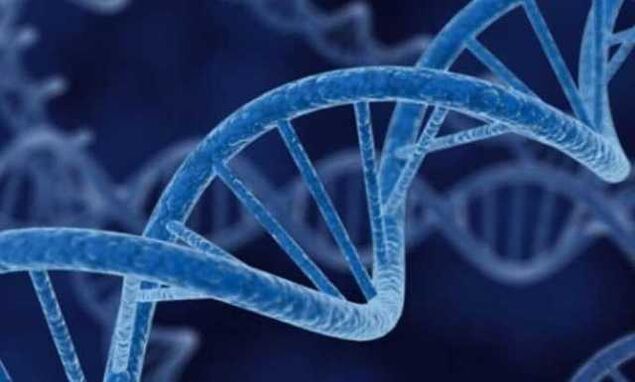
- reduction of pain;
- removal of edema;
- increase vein valve operation;
- increase vein wall tone;
- recovery of normal blood flow;
- Prevention of development of varicose veins.
Drug therapy for the treatment of varicose veins from lower legs.All drugs with proper use do not cause side effects.People's methods of treating the disease have the advantages:
- eliminating the causes of the disease;
- has no contraindications;
- have a large amount of vitamins in their composition;
- Available to all patients.

For the treatment of vein patients, horse chestnuts are used.The extracts are part of the cream, gel against varicose veins.With surgical intervention, the affected veins are removed.This does not interfere with normal blood circulation and does not pose a danger to the body.The load is taken on the inner veins, which balances the lost surface blood vessels.Sclerotherapy can also be prescribed to patients.The principle of operation is that the medicines that attach the wall and cover the release are introduced into the vessel.To prevent varicose veins, you need to be involved in swimming.To prevent varicose veins, required:
- rest in an inactive or standing work place;
- leave a habit of throwing your feet on the feet during the chair;
- Do not wear narrow, tight clothing;
- Women refuse to wear hair shoes;
- fighting constipation, introducing products that normalize intestinal function into the diet;
- Involved in swimming;
- During the night, lift the feet (about 20 cm above the heart level);
- leaving smoking and drinking alcohol;
- Drink at least 2 liters of water a day to prevent dehydration;
- Do not abuse the sun.
Varicose veins from the bottom of the foot involve wearing special knitwear or elastic bandages to reduce the burden on the veins and not include blood stagnation.When choosing compression products, the developmental stages of varicose veins and the characteristics of the foot structure are taken into account.Compression therapy can be prescribed anywhere in the development of the disease.To prevent the development of the disease, the product that strengthens the vessel wall is prescribed.Diet should include all fruits or berries rich in vitamin C. The amount of seafood - shellfish, oysters, shrimp in the daily menu.An important place in therapeutic nutrition occupies Sheet vegetables, lentils, celery, apple, oats.They provide normal intestines, eliminate constipation.In addition, this dish contributes to weight loss, which is needed in the treatment of varicose veins.Complications are shown at the advanced stages of the development of the disease.They are a danger to the health and life of the patient.Symptoms such as increased body temperature (not only in the damage area), weakness, sharp pain in the lower leg can indirectly indicate the development of varicose vein complications.They appear with severe decomposition of blood flow.There is an increase in the permeability of the vessel wall, which is why the skin is dark.With the development of the pathological process, white seals appear, and as a result of injury, the risk of ulcer development increases significantly.For the treatment of varicose veins, steps are required to activate the growth of the connective tissue.Wearing an elastic bandage is set.For the treatment of varicose veins, steps are required to activate the growth of the connective tissue.Wearing an elastic bandage is set.Vitamins, antispasmodic, anti -medications -non -Ssteroid, system enzymes, and medications that increase fat metabolism are indicated.With such a disease, the clump is formed, clogging the lumen in the vessel located under the skin.At the same time, inflammation of the vein wall occurs.Symptoms of thrombophlebitis:
Sheet vegetables, lentils, celery, apple, oats.They provide normal intestines, eliminate constipation.In addition, this dish contributes to weight loss, which is needed in the treatment of varicose veins.Complications are shown at the advanced stages of the development of the disease.They are a danger to the health and life of the patient.Symptoms such as increased body temperature (not only in the damage area), weakness, sharp pain in the lower leg can indirectly indicate the development of varicose vein complications.They appear with severe decomposition of blood flow.There is an increase in the permeability of the vessel wall, which is why the skin is dark.With the development of the pathological process, white seals appear, and as a result of injury, the risk of ulcer development increases significantly.For the treatment of varicose veins, steps are required to activate the growth of the connective tissue.Wearing an elastic bandage is set.For the treatment of varicose veins, steps are required to activate the growth of the connective tissue.Wearing an elastic bandage is set.Vitamins, antispasmodic, anti -medications -non -Ssteroid, system enzymes, and medications that increase fat metabolism are indicated.With such a disease, the clump is formed, clogging the lumen in the vessel located under the skin.At the same time, inflammation of the vein wall occurs.Symptoms of thrombophlebitis:
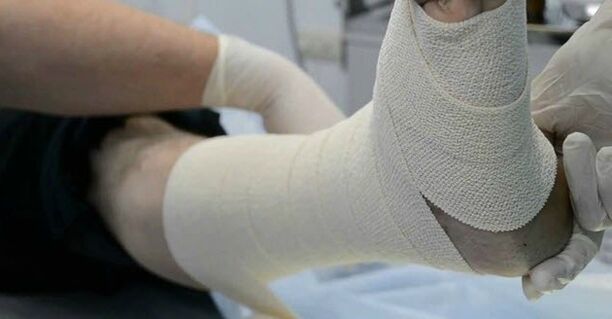
- the redness of the affected veins;
- severe pain;
- appearance of subfebrile temperature;
- Soft tissue seals are felt on palpation.
Such vascular disease requires immediate hospitalization of the patient and emergency surgery.Such vascular disease requires immediate hospitalization of the patient and emergency surgery.Pregnancy is the most common cause of disease development in women.Pregnancy is the most common cause of disease development in women.During pregnancy, you can wear compression linen.Vitamin -rich dishes should be included in the diet.
Complications of varicose veins: why they arise and how they are treated
Varicose veins from lower legs, like other diseases, have a consequence.Complications of varicose veins have a negative effect on human health.Their development is usually associated with the onset of disease treatment.The first symptom of varicose veins cannot be ignored.The disease cannot pass freely - slowly, but always the condition of the ship will only worsen.Even small symptoms of varicose veins can cause irreversible complications.
Why is complications with varicose veins arise?

Complications of the possibility of varicose veins are most common because the disease is too fast or not due to proper treatment.Sometimes the causes of the consequences are ineffective or the selected therapy.Therefore, if the first signs of varicose veins are found, it is recommended not to ignore the onset of the pathological process, but to seek qualified help to a phlebologist.Only a doctor can choose treatment tactics, prevent further development of varicose veins in the legs and subsequent complications.Read more about what the complications of the varicose veins are dangerous →
Swollen
Lower swelling is the most common complication of varicose veins.They are classified into two types: milk and blue.Milk edema in the foot is a symptom of deep vein thrombosis.With this complication, the skin obtains white shade, and the feet themselves appear to be swollen and the pain is felt downward.In this case, the limbs become hot and compact when researching.Treatment is usually surgery, as it is important to eliminate the movement of blood to the heart and pulmonary artery.Blue edema is more dangerous than milk.The lower body in this case begins to swell from the bottom to the top, with painful skin tension, painted in blue-black.The cause of blue edema is a stagnant blood phenomenon, which causing hypoxia or lack of oxygen intake to the lower leg.If you do not take the appropriate steps in the shortest time, most likely the disease will spread on top.Due to blood vessels in the vessels and the lack of foot trophism on the skin, complications such as trophic ulcers will be formed.In the absence of aid in this case, the probability of gangrene and subsequent death of the patient is high.The treatment of lower leg edema is to wear compression knitwear, taking phlebotropic medicine.Surgical treatment is based on the removal of veins affected by the freezing of surgery or laser.
causing hypoxia or lack of oxygen intake to the lower leg.If you do not take the appropriate steps in the shortest time, most likely the disease will spread on top.Due to blood vessels in the vessels and the lack of foot trophism on the skin, complications such as trophic ulcers will be formed.In the absence of aid in this case, the probability of gangrene and subsequent death of the patient is high.The treatment of lower leg edema is to wear compression knitwear, taking phlebotropic medicine.Surgical treatment is based on the removal of veins affected by the freezing of surgery or laser.
Phlebitis
Possible complications of varicose veins include phlebitis caused by inflammation in the vein wall.Usually, pathology affects a vein located below the skin surface.The main symptoms of phlebitis are pain and seals along the veins, which are affected by inflammation.In acute phlebitis, the skin becomes red and heats to the touch, the touch causes discomfort and pain.If a single vein is inflamed, the condition is tolerant.But if the disease has affected many veins, the condition becomes unbearable.In the absence of proper treatment, phlleit soon develops into thrombophlebitis.Complications such as varicose veins in the lower leg as a successful vein and bleeding can also occur.Flibite treatment is usually a drug.
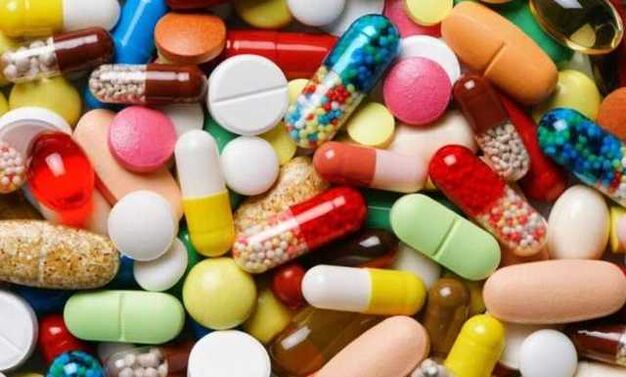
Assigned:
- the use of local compression with medicines;
- Acceptance of anti -non -ssteroid drugs;
- Preparation that improves blood rheological properties and feeds on blood vessel walls.
In the event of an uncomplicated surface vein, treatment is performed on an outpatient, with the development of complications and deterioration, hospital treatment is indicated.
Thrombophlebitis
Another complication of varicose veins in the lower leg is thrombophlebitis.This condition is characterized by the presence of blood clots in inflamed veins.Thrombophlebitis, as a rule, is the next step after phlebitis.The thrombus is a qualitative blood clot of a group of rolled blood.When the bleeding stops, the blood turns into a small clot due to platelet deposition in the area where the blood vessels are injured.The thrombus has a more compact structure than the normal blood clot.On the vein wall, blood clots are formed several times more frequently than in the artery.This education is partly attached to the vessel wall, the main part is in the free movement of the vein lumen.The fabric can come out and, together with the general blood flow, transferred closer to the lungs and the heart, which is dangerous for one's death.
Symptoms of thrombophlebitis:
- attract pain in the feet;
- swelling of the legs;
- hyperemia and affected tissue seals;
- Less common - general weakness and deterioration.
Thrombophlebitis treatment usually consists of the removal of affected vein surgery.If surgery for some reason is temporary, conservative treatment is performed under medical supervision.
The basis of drug therapy is the basis of:
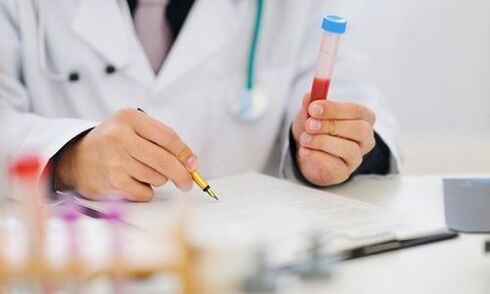
- Anti -steroidal medicine -non -steroidal medicine;
- Routine derivatives;
- Diggarts.
At the first symptom of thrombus separation, surgery cannot be delayed.
Thrombosis
Diagnosis of thrombosis is the development of thrombophlebitis, the following complications with varicose veins.This condition is characterized by the formation of blood clots in the inner veins, it threatens human life, as it is a vein associated with the liver and pulmonary artery.The disease usually develops in the thickness of the calf muscles.Symptoms of thrombosis are sharp edema arising from the ankle and the feeling of rupture of the calf muscles.If blood clots rise above, peritoneum veins, pain and edema appear throughout the lower limbs.Sometimes the symptoms of pain and edema appear in one foot, even though the disease affects the other.According to statistics, left members often experience thrombosis.























